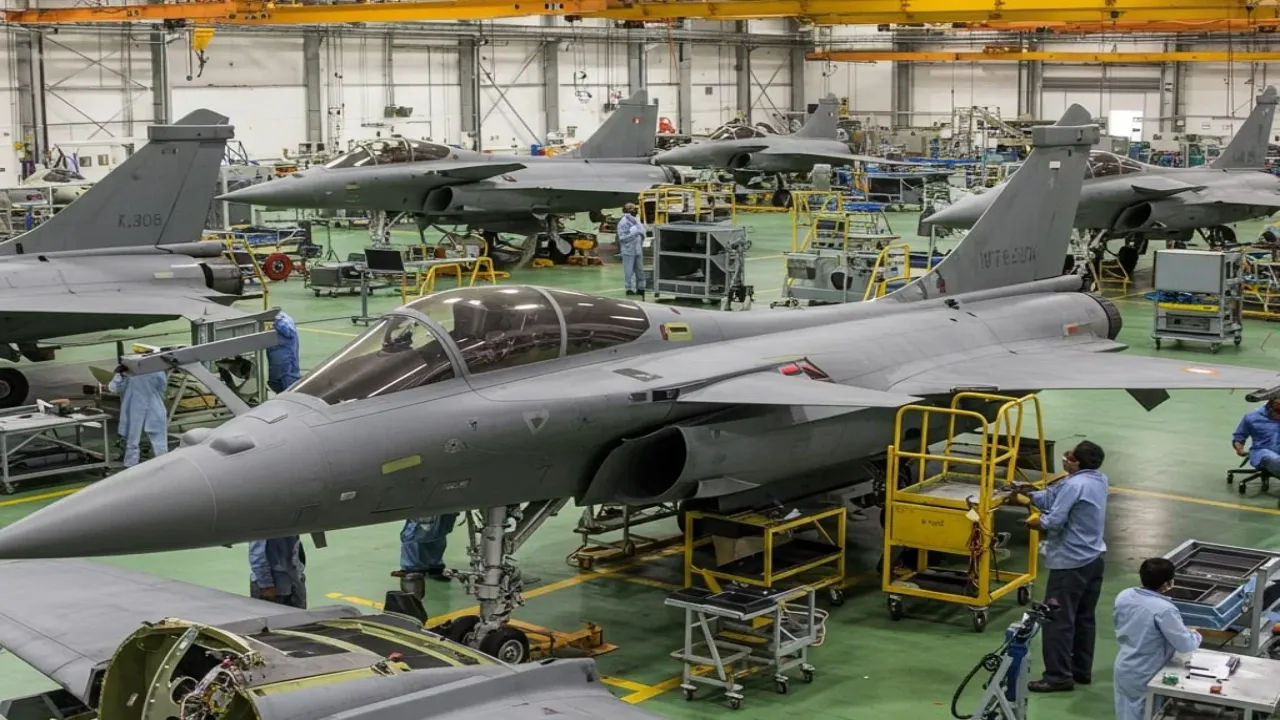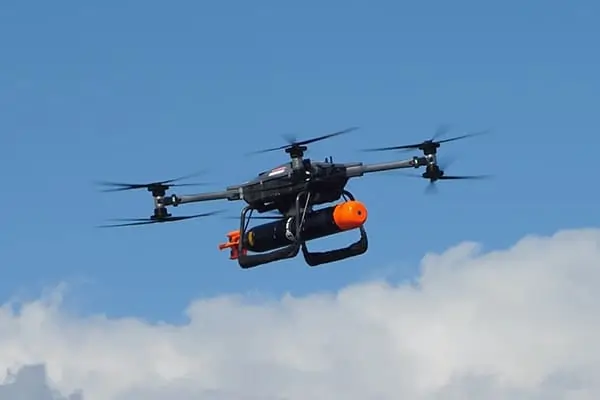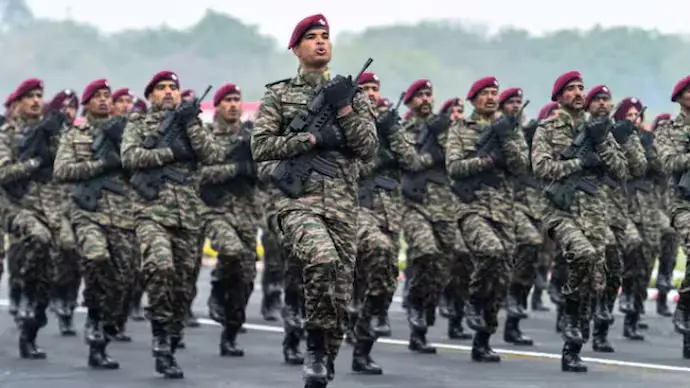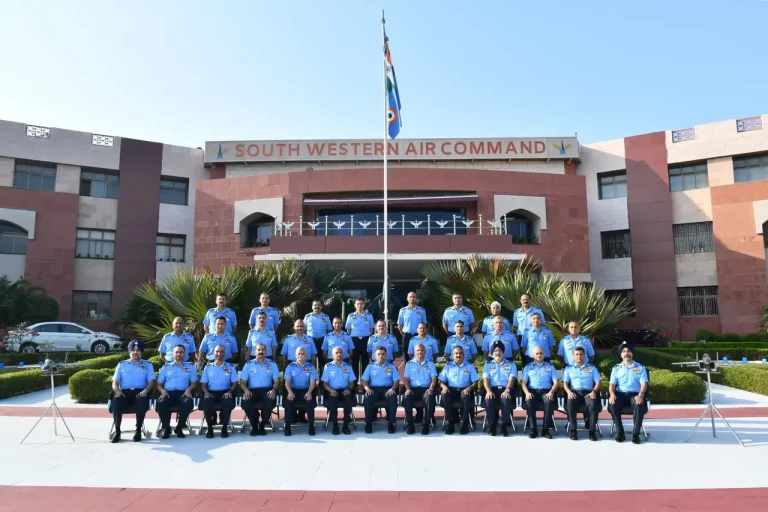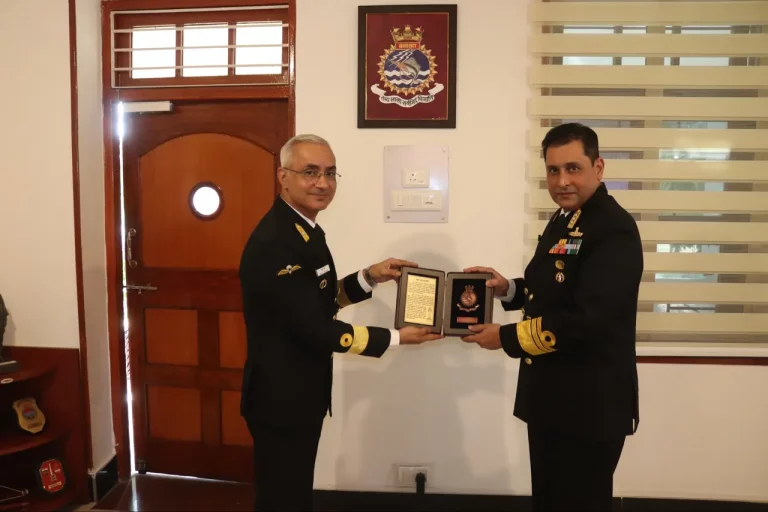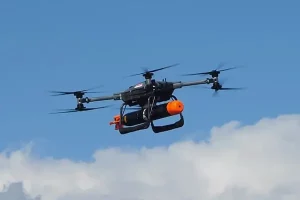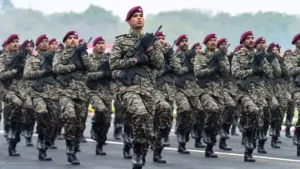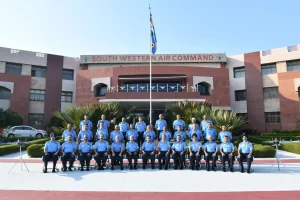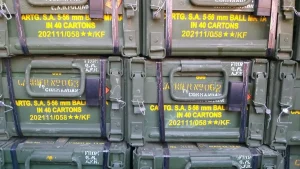India’s Ministry of Defence (MoD) has expressed significant concerns regarding the Medium Role Fighter Aircraft (MRFA) procurement proposal, currently focusing on acquiring 114 fighters for the Indian Air Force (IAF). The MoD’s assessment has pointed out several critical gaps that must be addressed before advancing to the next phase of evaluation.
Key areas of concern include a lack of clarity surrounding the distribution of workshare amongst potential manufacturers, inadequacies in lifecycle cost evaluations, and insufficient domestic industrial participation. In light of these shortcomings, the MoD has directed Dassault Aviation—currently the leading contender with its Rafale fighter platform—to provide a more comprehensive indigenisation roadmap. This roadmap should assure substantial technology transfer, enhance supply chain localisation, and facilitate the creation of a full-spectrum Maintenance, Repair, and Overhaul (MRO) ecosystem within India. Additionally, the Ministry has stressed the importance of manufacturing critical systems, integrating avionics, and ensuring production capabilities that are compliant with export standards.
The push for greater industrial participation aligns with previous defense procurement models, such as the C295 transport aircraft and various naval programmes, where “Make in India” directives were strictly enforced alongside verified standards for local production. In its revised approach, the MoD is also looking to fortify lifecycle cost validation and operational sustainment frameworks. This is intended to ensure that costs remain predictable, spare parts are readily available domestically, and that upgrades can be implemented seamlessly over time.
As the MRFA evaluation processes undergo revision, timelines for procurement may be extended as teams work to accommodate these enhanced requirements and secure binding commitments from industry partners. This policy shift highlights a transition from rapid acquisition methods toward fostering co-development and strategic partnerships that aim to bolster India’s defense manufacturing capabilities.
The implications of this renewed focus on industrial commitments weigh heavily on Dassault Aviation compared to its earlier dealings involving Rafale contracts. The company now faces heightened scrutiny and must surpass previous standards of localisation and technology-sharing. Should Dassault fail to meet these newly established industrial benchmarks, it could open the door for competitors such as Boeing with its F-15EX, Lockheed Martin’s F-21, SAAB’s Gripen-E, and the Eurofighter Typhoon, particularly if these contenders are able to offer more robust frameworks for Indian collaboration or joint production agreements.
The MoD’s call for binding industrial participation and a transparent lifecycle cost structure underscores a significant shift towards achieving strategic autonomy and fostering indigenous capabilities. This development emphasizes India’s commitment to long-term defense self-reliance, placing national interests above the urgency of immediate procurement timelines.
